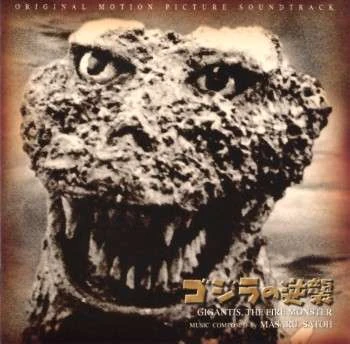
Composed by: Akira Ifukube
With King Kong vs. Godzilla a roaring success, Toho had another epic crossover duel. Instead of grabbing a popular foreign character like King Kong, they went for their other homegrown mon-star, the giant butterfly Mothra. Unlike the other members of Toho’s growing stable of titans, Mothra was a good guy (or good girl?), only causing havoc when her faithful foot tall twin fairy priestesses are abducted by an unscrupulous businessman. Mothra vs. Godzilla concerns her egg washing ashore on a Japanese beach. Quickly the egg is claimed by a corporation, despite the pleas of the twin fairies. Days later Godzilla emerges and, despite the flaws of modern man, Mothra rushes out to defend Japan from the dinosaur’s latest rampage. Mothra vs. Godzilla is often considered one of the greatest films after the original. It’s not hard to see why. Godzilla is really built up as a threat, there is some actual depth to the story, and the battles with Mothra are satisfying in that she is a total underdog using her wits and specialized powers. Continue reading


